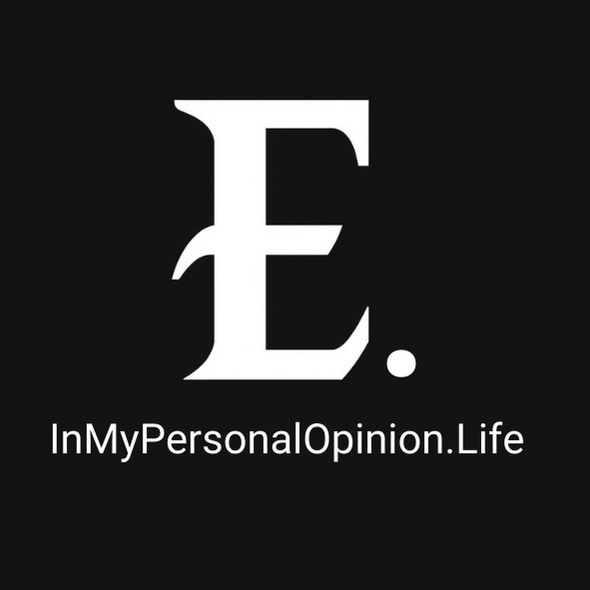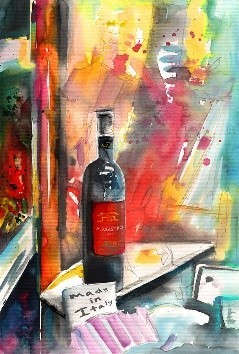I recently attended the International Beauty Show (IBS) and the International Esthetics, Cosmetics, and Spa Conference (IECSC) at the Javits Center in New York. What an experience! Imagine over 32,000 beauty professionals and enthusiasts—mostly women—all gathered to explore the latest industry trends and innovations. With more than 430 brands showcasing their newest products, it was a beauty lover’s dream come true.
If you’ve never been to a major trade show like IBS, it’s hard to grasp just how massive size of the beauty industry. This is a multi-billion-dollar market that reaches into nearly every aspect of our daily lives. From skincare to hair-care, makeup to fragrance, beauty is a constantly evolving world driven by creativity, science, and an ever-growing demand for self-care. In fact, the U.S. skincare market alone was valued at approximately $22.9 billion in 2023, while the overall cosmetics industry, which includes skincare, makeup, haircare, and fragrances, was estimated at around $62.97 billion.
The Many Faces of Beauty
The beauty industry is incredibly diverse, encompassing everything from skincare and makeup to haircare and fragrances. Skincare includes moisturizers, cleansers, serums, and treatments designed to keep skin healthy and radiant. Makeup covers everything from foundations and lipsticks to eyeshadows and highlighters, allowing for endless opportunities to enhance and transform. Haircare involves shampoos, conditioners, styling products, and salon treatments that help maintain and style hair to perfection. Fragrances, including perfumes, colognes, and body sprays, add that final touch, creating signature scents that linger throughout the day. Beyond these essentials, personal care products such as deodorants, oral care items, and shaving products play an important role in daily grooming. Professional services, including salons, spas, dermatology clinics, and esthetic treatments, provide expert care tailored to individual beauty needs. Behind the scenes, manufacturing and research and development drive the creation of innovative beauty products, while retail and e-commerce ensure these items reach consumers through stores and online platforms.
Beauty is Big Business
The beauty industry isn’t just about looking good—it’s a major economic force that supports a vast workforce. In the U.S. alone, the numbers are impressive. According to the U.S. Bureau of Labor Statistics, there were approximately 65,270 skincare specialists employed as of May 2023, providing expert advice and treatments to help people achieve their best complexion. The haircare industry is even larger, with about 294,840 hairdressers, hairstylists, and cosmetologists bringing their expertise to salons across the country. Nail technicians also make up a significant part of the workforce, with an estimated 145,000 manicurists and pedicurists working in the U.S. The beauty retail sector is another major employer, with hundreds of thousands of individuals assisting customers in stores and online, helping them find the right products for their needs. While exact employment figures for manufacturing and research in beauty are not always readily available, these sectors include scientists, engineers, and production workers who are essential in developing and producing the latest beauty innovations.
The Ever-Evolving Beauty Landscape
Beauty is more than just products—it’s a vibrant, fast-moving industry that blends science, artistry, and self-expression. From cutting-edge skincare treatments to AI-powered beauty tech, there’s always something new shaping trends and setting standards. Whether it’s advancements in sustainable packaging, innovative ingredient formulations, or personalized beauty solutions driven by technology, the industry is continuously evolving to meet consumer demands.
Consumer Trends and Market Dynamics
The beauty industry is constantly evolving to meet consumer demands. Today’s shoppers are looking for more than just quality—they want sustainability, innovation, and transparency. Organic and sustainable products have skyrocketed in popularity as more consumers prioritize clean ingredients and eco-friendly packaging. Anti-aging and ingredient-focused products remain particularly sought after in North America. Major industry players, including L’Oréal USA, Unilever, and Procter & Gamble, hold significant market shares, with profit margins ranging between 17-23%.
With rising awareness of skin health, consumers are increasingly investing in preventive and restorative skincare treatments. Organic and herbal skincare products are also in demand, as people become more cautious about synthetic chemicals in their beauty routines. Growth in the industry is fueled by innovations like AI-powered personalization, such as La Roche-Posay’s Spotscan, which tailors’ skincare recommendations using artificial intelligence.
Who’s Buying Beauty?
In 2025, Gen Z consumers (ages 18-25) account for 41% of skincare purchases. Social media heavily influences their buying decisions, and they prioritize affordable yet trendy products. Millennials (ages 26-41) make up another 40% of skincare buyers, focusing on anti-aging and high-quality products. They are also the driving force behind e-commerce beauty spending, with 56% of their purchases happening online. Middle-aged consumers (ages 42-57) lean toward anti-aging and sun protection, with 31% actively using such products, while seniors (55+) prefer gentle, hydrating skincare that caters to mature skin concerns.
Women continue to dominate the market, representing about 80% of skincare consumers, but men are embracing skincare routines more than ever. Grooming essentials, beard care, and sunscreen are particularly popular among male shoppers. Meanwhile, non-binary individuals are pushing brands to develop more inclusive, gender-neutral products and marketing strategies.
Skincare spending also varies by income level. High-income consumers invest in luxury skincare brands and specialized treatments, while middle-income shoppers look for products that strike a balance between quality and affordability. Budget-conscious consumers often turn to drugstore brands that deliver results without breaking the bank. Ethnic diversity plays a role in consumer preferences with Asians preferring sheet masks and innovative sunscreens, African-American consumers seek skincare and haircare products tailored to their specific needs, and Latino consumers favor vibrant makeup colors and bold fragrances.
The Digital Revolution in Beauty
Digital behavior is reshaping the beauty industry, with social media playing a pivotal role in purchasing decisions. Platforms like TikTok are now major drivers of beauty trends across all age groups, making viral products sell out in minutes. Livestream shopping and shoppable videos are gaining traction, offering an interactive and engaging way for brands to connect with their audiences in real time.
The beauty industry is more than just products—it’s a cultural and economic powerhouse. From innovative formulations to shifting consumer values, beauty brands must continue to evolve to keep up with the ever-changing landscape. Whether you’re a skincare minimalist or a full-on beauty enthusiast, one thing is certain—there’s never been a more exciting time to explore the world of beauty.
Attending IBS and IECSC was a thrilling reminder of just how exciting and fast-paced the beauty world is. Whether you’re a beauty pro or someone who just loves a good face mask, there’s always something fresh to discover. One thing’s for sure—beauty isn’t just about looking good. It’s about feeling amazing, too!




